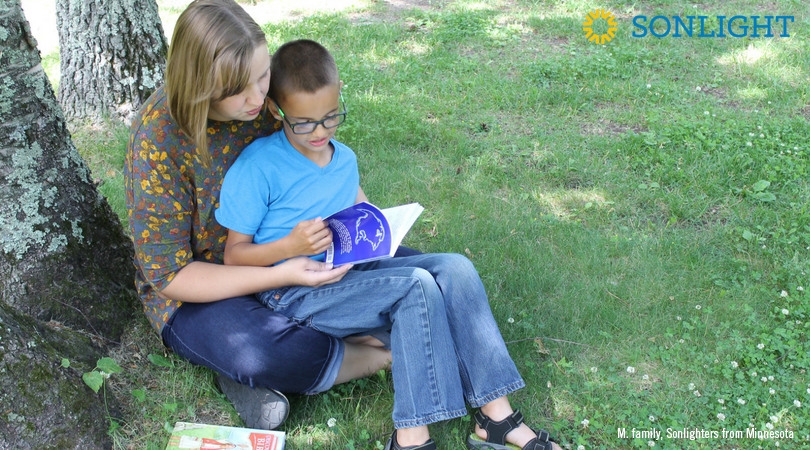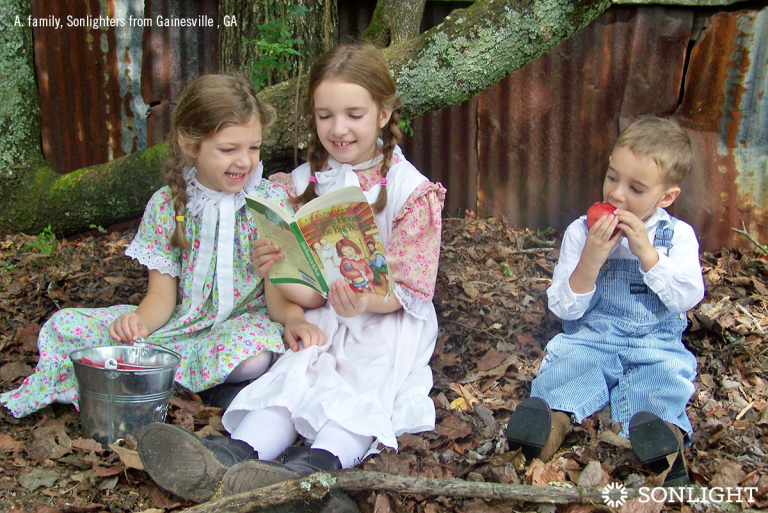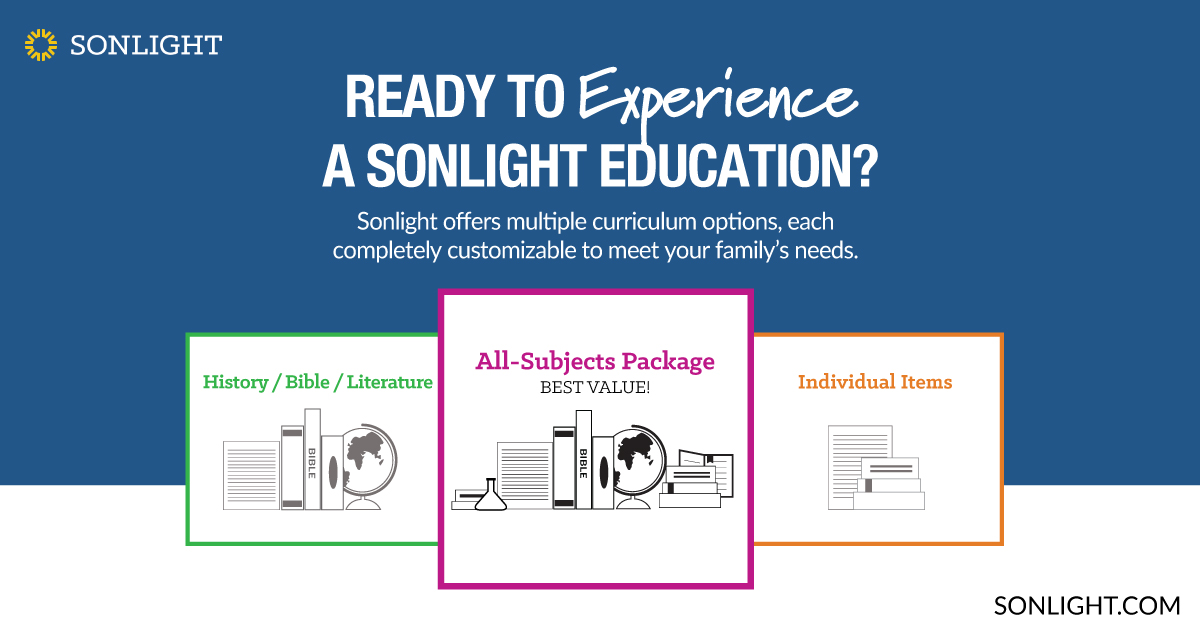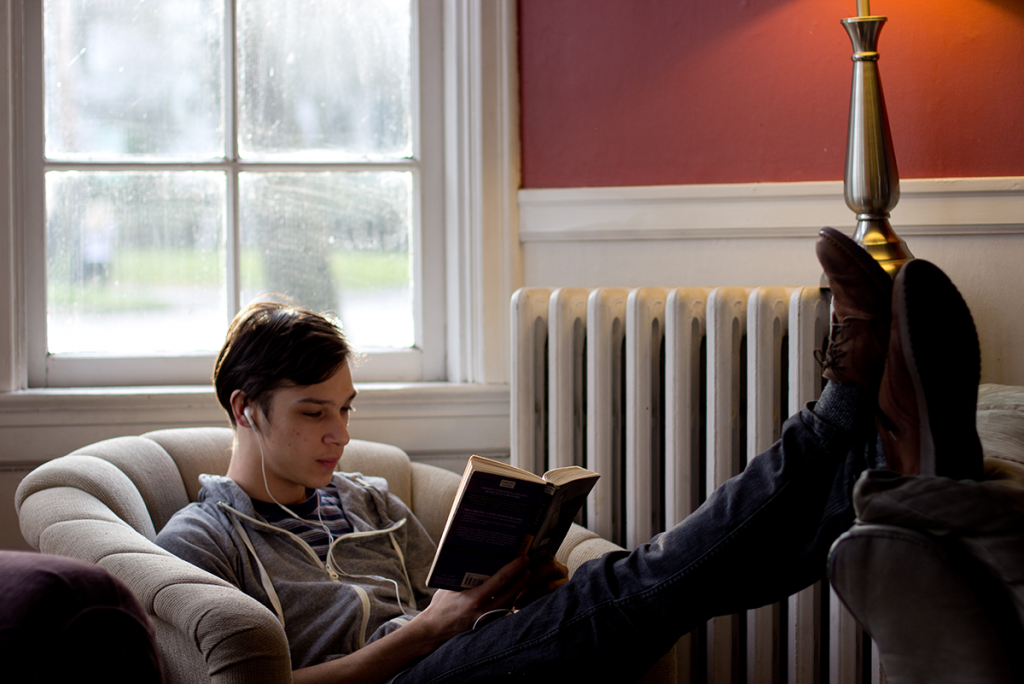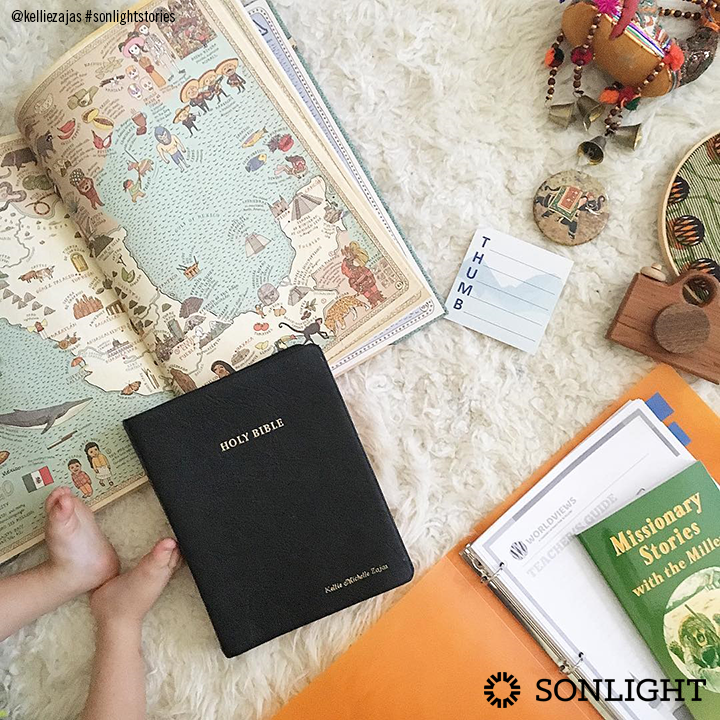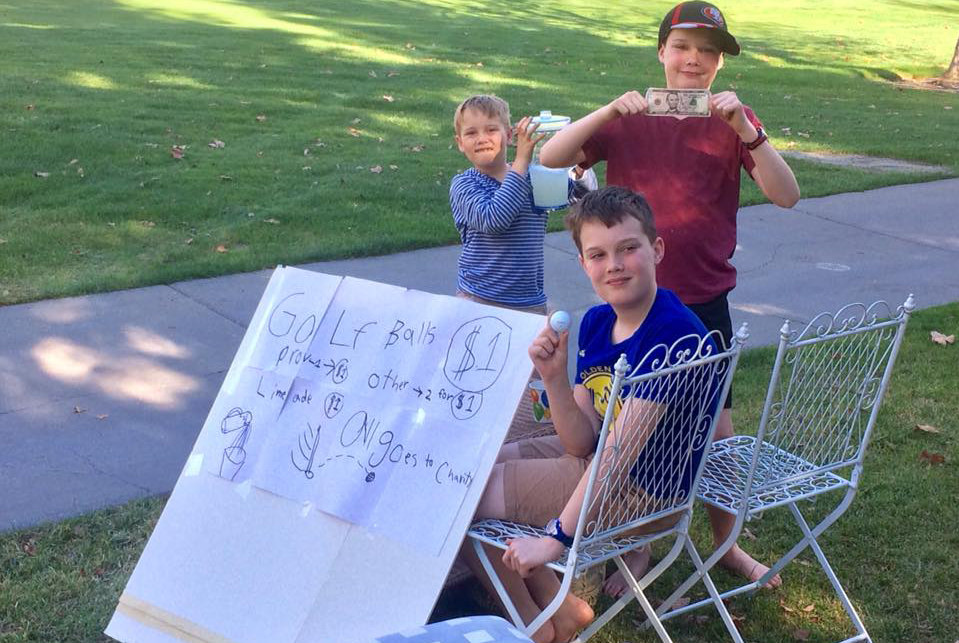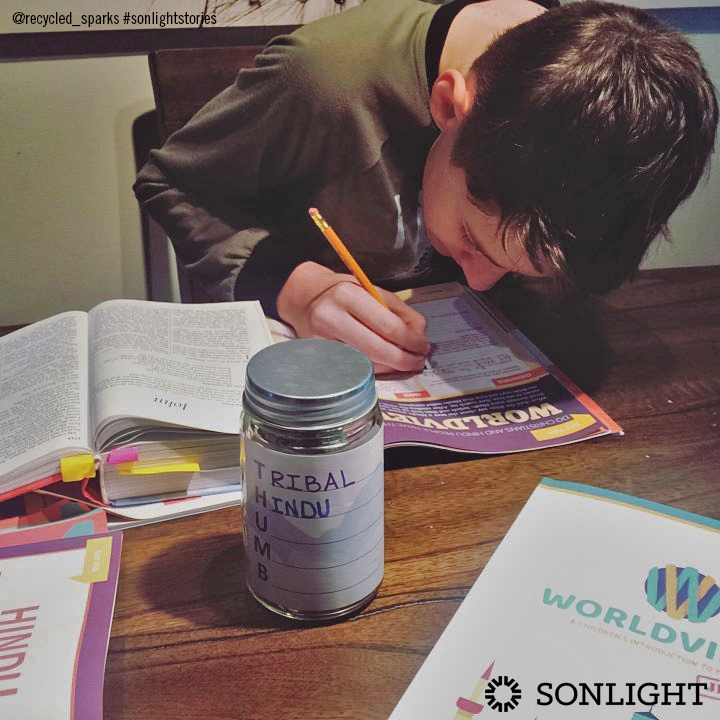
At about four o’clock I begin the daily ritual of walking through my home after teaching for the day. My mind still cluttered with math problems, I see a home equally overloaded with family clutter. Silently I resolve not to get angry at the mess left behind by playing children and hope my husband can clear a path when he walks through the door. It’s time to head to the library when I discover the toddler has no socks. After sending a sibling upstairs for a pair that doesn’t match, I remember there is nothing planned for dinner and surrender myself to the drive-through one more night.
Do you find yourself here very often? I used to run on survival mode in our home until I met friends who inspired to me create a home routine that would work for my family. As a young mom with babies and toddlers, it served me well to start creating habits that would eventually help my homeschool fit into our home routine.
Typically homeschool moms try to fit housework into their homeschool, jamming cleaning into every extra minute they can find, leaving the atmosphere feeling strained and stressed. At the end of the week, the homeschooling is caught up, but the cleaning is so behind it takes the whole weekend to catch up, only to start the same cycle all over again.
How Does a Home Routine Work?
The key is to fit homeschool into your home routine instead of the other way around. Run your home on a weekly routine that keeps you on track, with certain tasks assigned to each day of the week.
For example, in Little House in the Big Woods young Laura recalls her Mother’s daily home schedule. Each day her Mom knew exactly what chores would be done, and even the girls knew what to expect each day:
Wash on Monday,
Iron on Tuesday,
Mend on Wednesday,
Churn on Thursday,
Clean on Friday,
Bake on Saturday,
Rest on Sunday.
Of course, thankfully we don’t need to churn our own butter, unless you are into that sort of thing!
Our Weekly Home Routine
Though most of it is a modern version, some tasks on my weekly home routine are the same as Ma Ingalls had on her weekly list.
Monday - Make a meal plan and shopping list.
Tuesday - Grocery shopping during my daughter’s homeschool class.
Wednesday - If I stocked up on meat from the store the day before, this is my day to put together freezer meals.
Thursday - Laundry
Friday - Cleaning day. Along with the help of my kids, we spend the morning cleaning the house top to bottom!
Saturday - A day just for family fun!
Sunday - My goal is to get as much rest as a Mom can get on a Sunday! After dinner we usually do a reset before starting our week. The kids help us pick up clutter from the weekend, sweep, vacuum the living room and do a few loads of laundry to give us a good start on Monday.
Is it perfect every week? Absolutely not! But generally it is a wonderful guideline for our family to keep up with our home as best we can while getting through the school year.
Benefits of a Home Routine
Pleasant Atmosphere
I am not the best version of myself when our home feels out of control, cluttered, and dirty. We all seek a warm home atmosphere, but it takes deliberate work to unbury those warm vibes from the piles of LEGO and mismatched socks. Having a flow to our home routine gives me peace because I know I have a plan in place.
Clear Focus
Because we know what tasks are going to be done at a certain time, we can devote ourselves more fully to other tasks that need to get done—like homeschooling! I can be fully mindful and present in each moment.
When I am teaching, I don’t worry about needing to clean the bathroom because I know it will get done on cleaning day. In the afternoon when I am reading aloud, I am not concerned about what we are having for dinner because I made my meal plan in advance. When I am done teaching for the day, I fully devote myself to the next task that needs to get accomplished.
A Better Rested Mom
Having a home routine gives me more time for relaxation. When my kids go to bed, you won’t often find me doing dishes or folding laundry because I have already devoted time to get those chores done during the day. Instead those nights are a time for me to recharge my heart with the things that lift me up:
- reading
- spending time with my husband
- painting my nails
- writing
- coloring
- (or if it’s been an extremely rough day) binge watching television
This downtime sets me up for a better start to our mornings because I have invested in my own self-care.
Set Expectations
Before we had a solid home routine, it felt like I was cleaning all the time. Now when my kids wake up on Friday morning, they know it is our day for housekeeping.
After breakfast, they head right upstairs to get started with their assigned jobs, generally without complaining. If they complain about their tasks, then we work on character training while we are cleaning. By lunchtime, we are finished, and I light a candle—my signal that our work is done. After all that work, we have a whole weekend ahead, with a fresh home to enjoy it in and no surprise cleaning projects.
Family Fun
Fun comes more naturally to me when I know everything back on our home front is in good shape! So after working hard all week on school work, cleaning, laundry, and meal prep, I give myself permission to chill over the weekend. We might order pizza, cook a meal from the freezer, reheat leftovers, or throw something on the grill, but I try to keep the weekend meals very simple.
If you feel like it is impossible to keep up with your housework on top of homeschooling, try a weekly home routine! Truly if we did not have one, I would feel as though I am drowning. Every family we know who has a routine for their home has one that looks different than ours, but it all works. Give it a few weeks, find a groove that fits your family and the hard work will bless your homeschool life as well.

Try a Sonlight program, and take up to a year to see if Sonlight is right for your family with our Love to Learn Guarantee. No other homeschool curriculum provider has such a comprehensive guarantee. See the details of this guarantee here.


